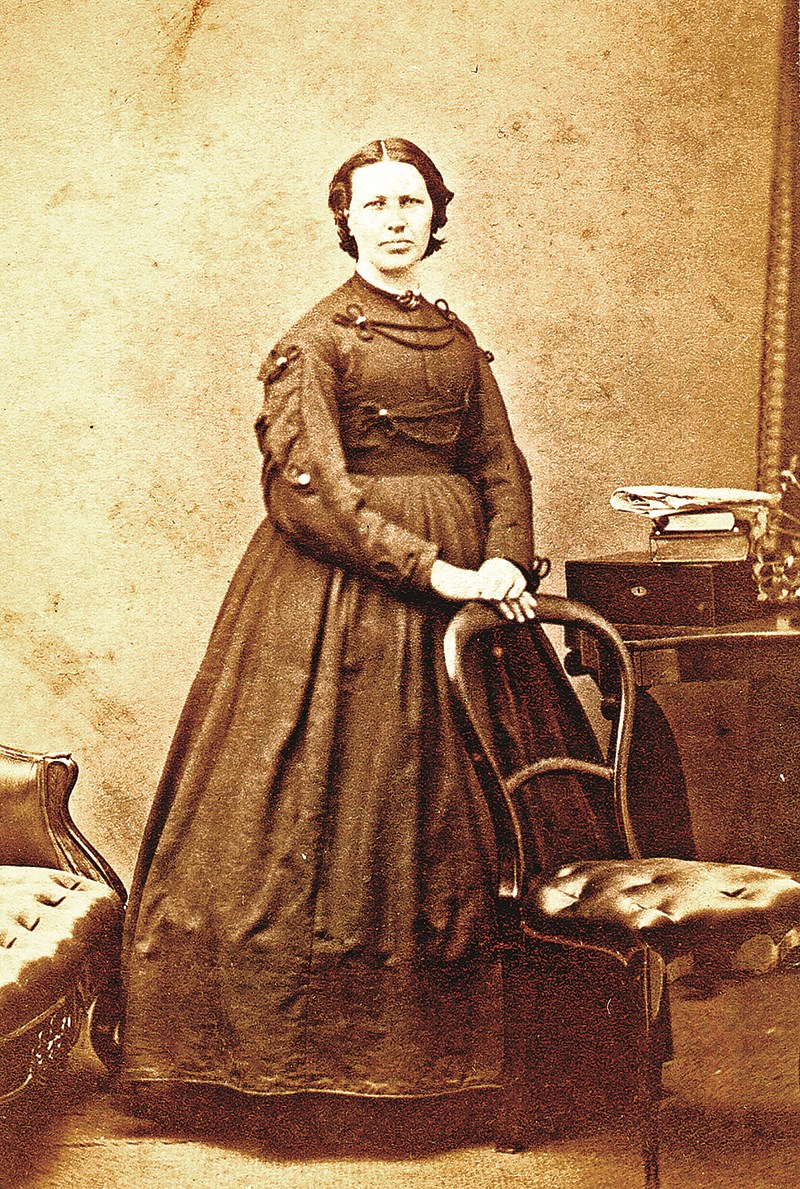George Mathewson
A few weeks ago we tried to illustrate what life was like here at the time of Confederation in a project called ‘Sarnia: 1867.’
But that 36-page special edition left many questions unanswered. Such as, what did Sarnians eat 150 years ago? Once the town’s 3,000 residents had celebrated their first Canada Day, what did they tuck into at the dinner table?
Fortunately, a well-read cookbook from that time offers some tantalizing possibilities. Compiled by the “Ladies of Toronto” and other towns and cities, the Home Cook Book is packed with 400 pages of homemaker tips and tried-and true-recipes.
The book assumes a great deal is already understood, so attempting the recipes would be a crapshoot. A list of measured ingredients? Step-by-step instructions? Not a chance.
A short entry on eels, for example, simply states:
“Skin and parboil them; cleanse the back bone of all coagulations; cut them in pieces about three inches in length, dip in flour and cook in pork fat, brown.”
Not surprisingly, many dishes take advantage of the fish and game that Sarnians of the time could have still readily obtained: venison, black bass, whitefish, pigeon, wild turkey and ducks. One duck recipe recommends baking the birds in sliced onions to “take away the fishy flavour.”
Fruits of the field and orchard — apples, cherries, gooseberries and plums — are well represented, with an emphasis on their preservation in cordials and jams.
In 1867, farming was Canada’s most common occupation and represented 40% of all jobs. Today, food producers make up for just 2% of the labour force yet they feed a population tenfold larger.
Nevertheless, the cookbook suggests that by Confederation a surprising number of pantries also contained imported food as well. Many of the dishes call for oranges and lemons, figs and dates, coconuts and pineapples.
There’s even an unexpected recipe for Indian Dal and Bengal Soup submitted by a “Mrs. Keer.” Its exotic nature precipitated the cookbook’s one and only footnote, which advises, “persons objecting to the flavor of onion in a breakfast dish … need not fear.”
Meat of today arrives clean and packaged, but cooks of the day apparently did a lot of boning, gutting and washing of hooves, organs and tongues the entries suggest.
Like all cookbooks, this one can tell us not only what people ate, but also how they ate — or at least how they aspired to.
One chapter called Dinner Etiquette offers rules for organizing a fancy party. It covers everything from room lighting (one wax candle per guest), to the sipping of soup “from the side of the spoon, without noise,” to what types of wine to serve.
“Ladies take but a single glass of any wine at most,” the authors advise, “having their glasses half-filled with champagne a second time.”
